
The last “sad” period of the life and creative path of the famous master is “Portrait of Prince Fyodor Alexandrovich Golitsin.” The portrait brings to us the face of a young aristocrat, the son of the Russian envoy in Rome, AM Golitsin. The depicted figure of a young man stands out against the background of the drapery, revealing on the left the characteristic Italian landscape: part of the shore ridge with a beacon tower darkening over the sea, a house under a red roof, a curved tree with a spreading green crown.
The large format of the canvas, the strict vertical of the figure, the intense contrast of large color spots immediately gives the impression of solemnity and representativeness. However, the interpretation of the image is deprived of a parochial coldness. A young, pale face framed by black curls is very expressive. An elevated eyebrow, looking into the space with the eyes of wide-open eyes, a dreamy smile, slightly touched lips, brings to the portrait a romantically agitated note, which is characteristic for the best works of the artist. If you just move away from the picture, it seems that a slight smile becomes an expression of proud contentment and youthful panache, which in part corresponded to the nature of Prince Fedor in his youth.
But the romanticism of the image is emphasized by the landscape background: the dense darkness of the sky with the swirling gray clouds and the glowing green strip of the sea is the approach of a storm, the calm before a thunderstorm. Fedor Golitsin subsequently voluntarily broke with Russia, moved from Orthodoxy to Catholicism. “… I will not throw a stone at Russians,” said Herzen. “They can go to Catholicism despair, until a new era begins in Russia.” For refusing to return to his homeland, he was in absentia deprived of all the rights of the state, sentenced to exile in hard labor. “In 1847, in Rome,” the memoirist reports, “under the influence of ideas about freedom and the revival of Italy, he joined the ranks of the militia, took part in the battles against the Austrians.” June 25, 1848, he died in Bologna. He died in battle, but according to contemporaries, perceived as a “huge loss”
He was honored as a national hero. In Rome, a funeral service was served, and the funeral received “the character of some triumph.” One can only wonder that fifteen years before this life finale, depicting a dreamy young man quietly, Kiprensky managed to squeeze, concentrate the features of nature that have not yet been revealed, to give us a sense of the spiritual potencies of his hero.
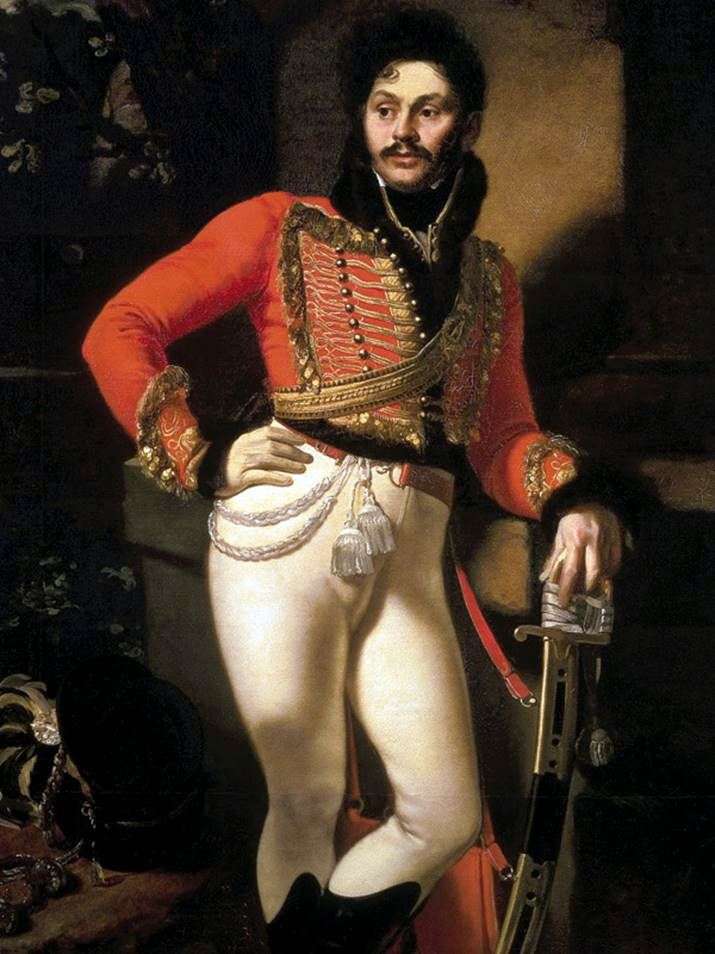 Portrait of Hussar Davydov by Orest of Kiprensky
Portrait of Hussar Davydov by Orest of Kiprensky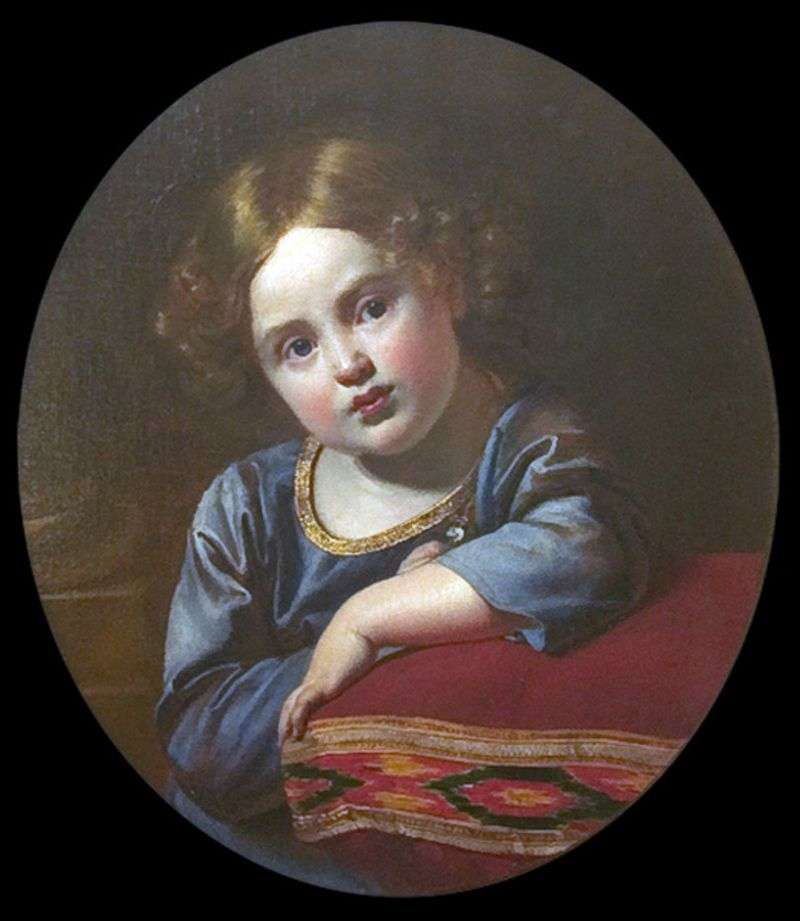 Portrait of E. G. Gagarin in his childhood by Orest Kiprensky
Portrait of E. G. Gagarin in his childhood by Orest Kiprensky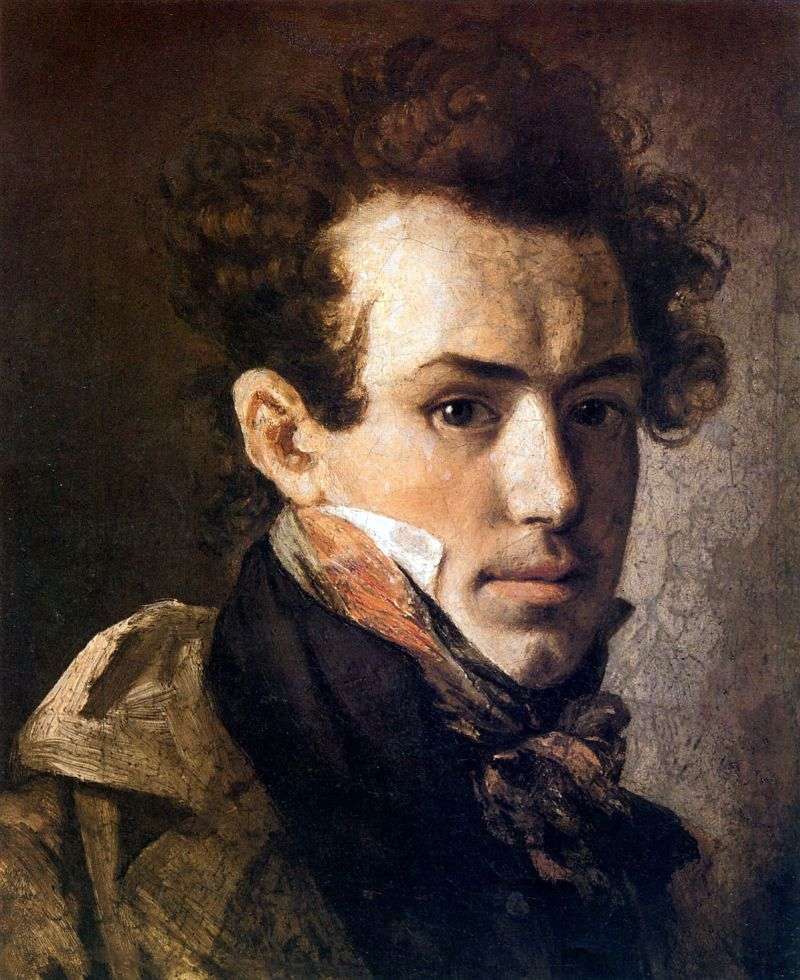 Self-portrait in a pink neck scarf by Orest Kiprensky
Self-portrait in a pink neck scarf by Orest Kiprensky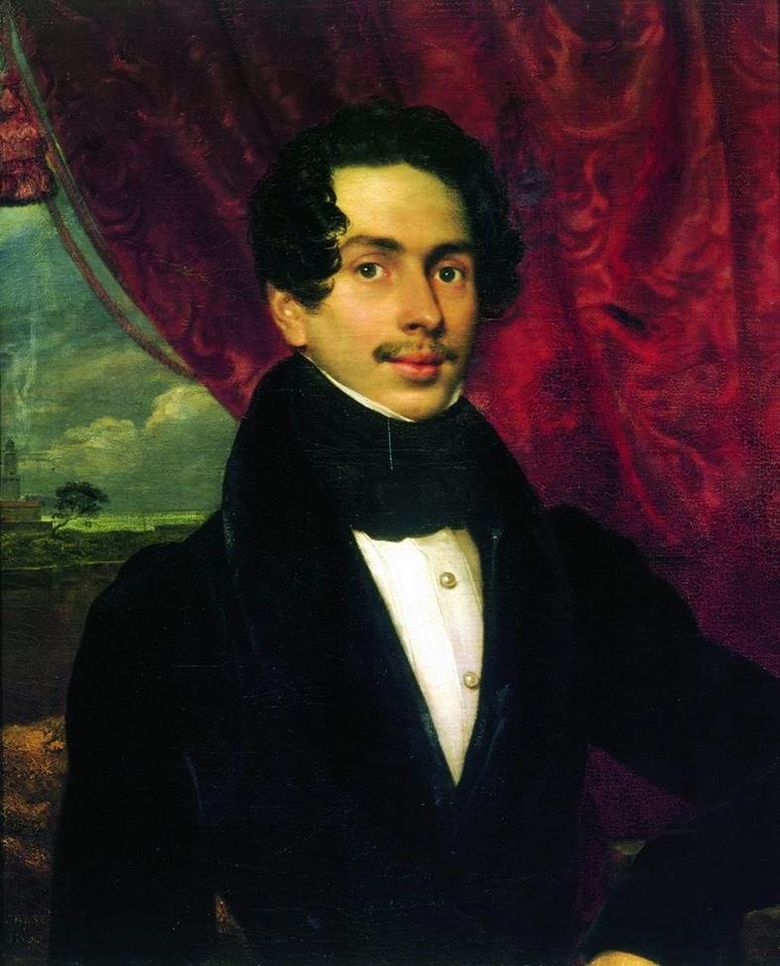 Portrait de F. A. Golitsin – Orest Kiprensky
Portrait de F. A. Golitsin – Orest Kiprensky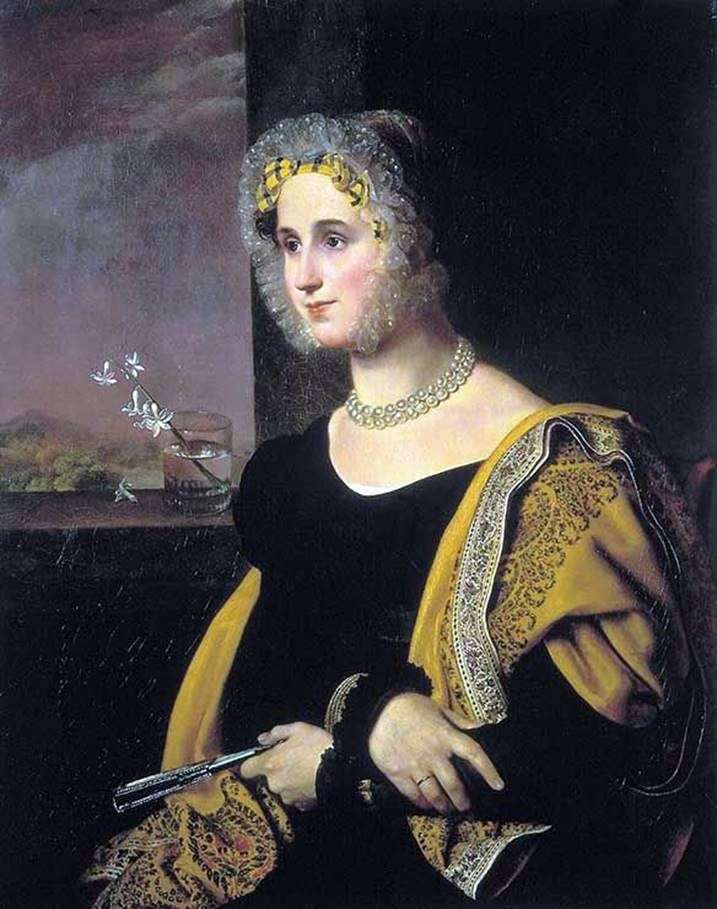 Portrait of E. S. Avdulina by Orest Kiprensky
Portrait of E. S. Avdulina by Orest Kiprensky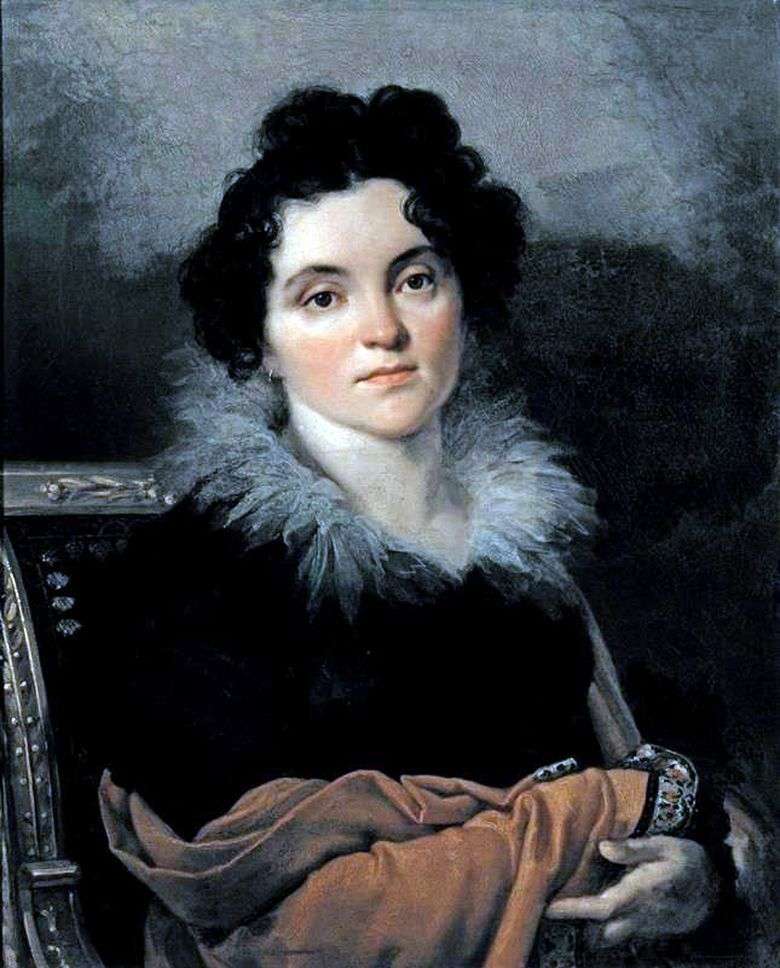 Portrait of DN Khvostova by Orest of Kiprensky
Portrait of DN Khvostova by Orest of Kiprensky Portrait of E. P. Rastopchina by Orest of Kiprensky
Portrait of E. P. Rastopchina by Orest of Kiprensky Portrait of the boy Chelishchev by Orest of Kiprensky
Portrait of the boy Chelishchev by Orest of Kiprensky